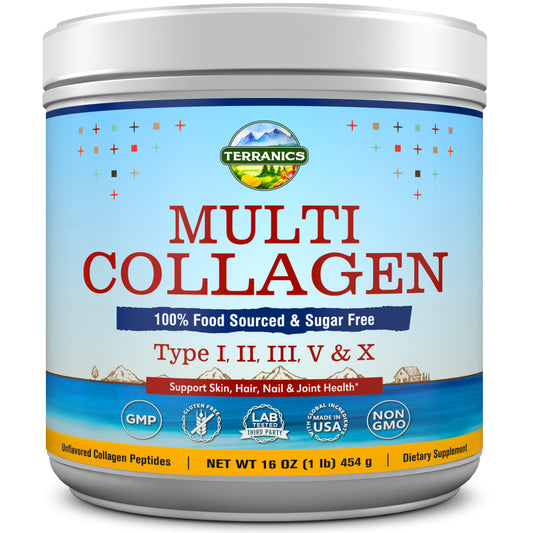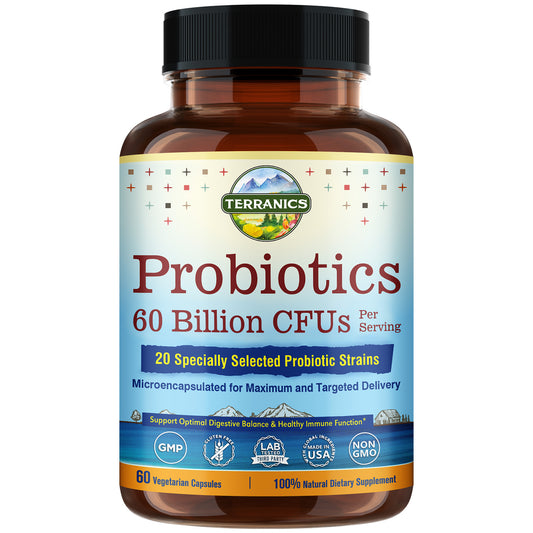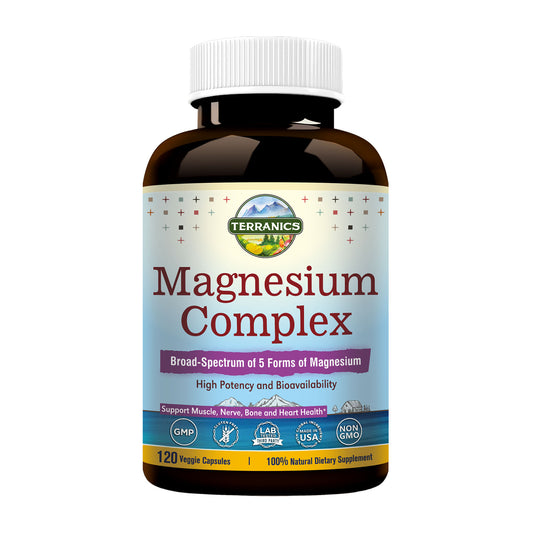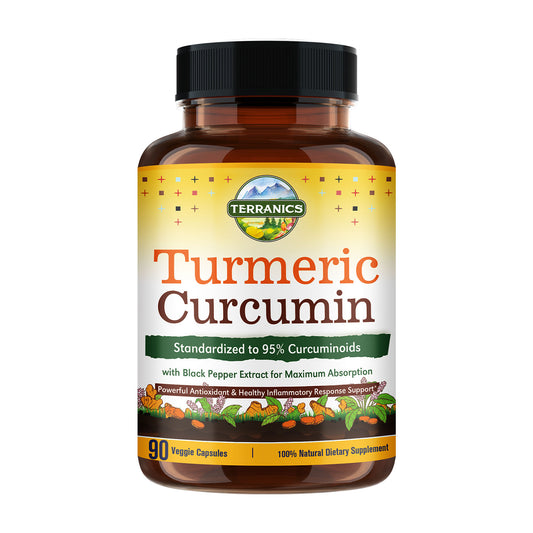
Fiber, the indigestible part of plant foods, is often hailed as a dietary hero. But did you know that fiber isn't a one-size-fits-all nutrient? It comes in two distinct forms: soluble and insoluble fiber, each with unique properties and benefits.
Soluble Fiber: The Smooth Operator
Soluble fiber dissolves in water, forming a gel-like substance in your digestive system. This gel helps slow down digestion, making you feel fuller for longer and potentially helping with weight management.
Benefits of Soluble Fiber
- Blood Sugar Control: Soluble fiber slows down the absorption of sugar into the bloodstream, helping to regulate blood sugar levels and reducing the risk of type 2 diabetes.
- Cholesterol Reduction: Soluble fiber can bind to cholesterol in the gut, preventing its absorption and lowering LDL (bad) cholesterol levels.
- Improved Digestion: Soluble fiber promotes the growth of beneficial bacteria in the gut, aiding in digestion and reducing constipation.
Good Sources of Soluble Fiber
- Oats: Oatmeal, oat bran, oat milk
- Beans: Kidney beans, black beans, chickpeas, lentils
- Fruits: Apples, pears, bananas, berries
- Vegetables: Carrots, Brussels sprouts, broccoli
- Other: Psyllium husk, flaxseed, chia seeds
Insoluble Fiber: The Bulk Builder
Insoluble fiber doesn't dissolve in water and remains intact as it passes through your digestive system. It adds bulk to your stool, making it easier to pass and preventing constipation.
Benefits of Insoluble Fiber
- Regular Bowel Movements: Insoluble fiber adds bulk to stool, promoting regularity and preventing constipation.
- Digestive Health: It helps move food through the digestive tract, reducing the risk of digestive disorders.
- Colon Health: Insoluble fiber may help protect against colon cancer by promoting regular bowel movements and reducing exposure to harmful substances.
Good Sources of Insoluble Fiber
- Whole Grains: Brown rice, whole wheat bread, quinoa
- Vegetables: Broccoli, cauliflower, green beans, spinach
- Nuts and Seeds: Almonds, walnuts, flaxseeds, chia seeds
- Fruits: Berries, apples with skin, pears with skin
Balancing the Act
Both soluble and insoluble fiber are essential for optimal health. Aim for a balanced intake of both types to reap the full benefits. The recommended daily intake of fiber is 25-38 grams, depending on your age and gender.
Tips for Increasing Fiber Intake
- Gradually Increase Fiber Intake: Sudden increases in fiber can cause bloating and gas. Start slowly and gradually increase your intake over time.
- Drink Plenty of Water: Fiber needs water to work effectively. Drink plenty of fluids throughout the day.
- Choose Whole Grains over Refined Grains: Whole grains are a good source of both soluble and insoluble fiber.
- Include a Variety of Fruits and Vegetables in Your Diet: They provide a good source of both types of fiber.
- Consider Fiber Supplements: If you struggle to meet your fiber needs through diet alone, consider using fiber supplements like psyllium husk or flaxseed.
Conclusion
Soluble and insoluble fiber, while distinct in their properties, work together to promote digestive health, regulate blood sugar, and support overall well-being. By understanding the differences and incorporating a variety of fiber-rich foods into your diet, you can reap the full benefits of this essential nutrient.




